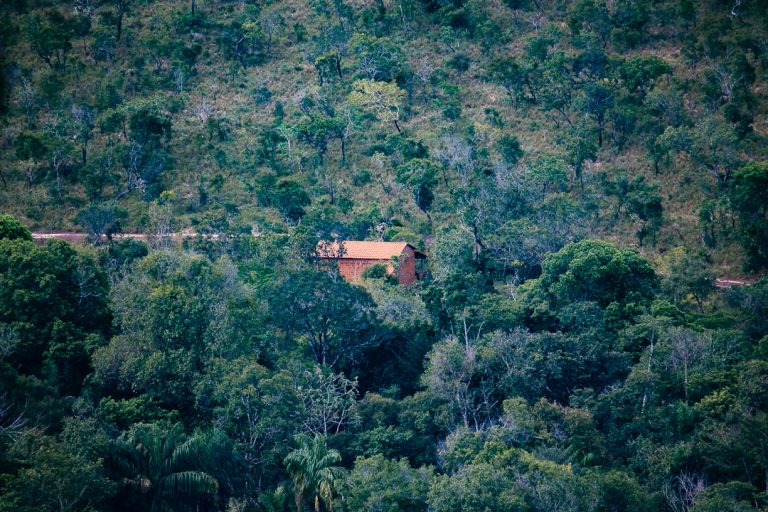New App allows traditional communities to find themselves on the map

With Tô no Mapa, family farmers and traditional peoples help fill the official data gap and geographically identify where the territories where they live are
Built through a dialogue with local residents and rural associations in Cerrado, the Tô no Mapa app allows traditional communities and family farmers all across Brazil to self-map their territories.
The tool aims to fill the official data gap in an area of about 32 million hectares in the Cerrado. Tô no Mapa is an Amazon Environmental Research Institute (IPAM) initiative, in partnership with the Institute for Society, Population, and Nature (ISPN), supported by the Cerrado Network and funded by the Climate and Land Use Alliance.
The app’s launch comes on the heels of mapping workshops conducted by the two organisations in 2019. These happened in 55 municipalities in Maranhão, Tocantins, northern Goiás, Piauí, and western Bahia, and identified 1244 communities uncounted for in official demarcations.
In southern Maranhão, 237 communities were identified as not having any geographic record until now. Another 104 were mapped on the northern border between Tocantins and Maranhão. In western Bahia, there were 630 communities and there were 273 in southern Piauí.
The data, which dwarfs official records, still have a lot of room to grow. Tô no Mapa, therefore, comes onto the scene as a continuation of the project, reaching communities and making visible populations unrecognised by public authorities. “This is a powerful tool to allow communities to build a map of Brazil that matches reality. It is a way to show the country how diverse we are and how many worlds fit inside one single map”, says the executive secretary of the Cerrado Network, Kátia Favilla.
Endorsing the speech, Isabel Figueiredo, coordinator of the ISPN’s Cerrado and Caatinga Programme, reinforces the need to map these populations. “We understand that maps are instruments of struggle, political instruments. We want to provide a tool that communities can make theirs, so they can define their own territories by themselves, therefore contributing to guarantee their territories”, she states.
The mapping, which enjoyed funding from the Critical Ecosystem Partnership Fund (CEPF), concluded that a big part of communities living in the Cerrado and suffering because of land-use changes were not represented in official documents. Furthermore, deforestation and unorganised farming have been encroaching on a biome that has already lost more than half of its native vegetation, hurting peoples living traditionally in the region, including populations in urban areas.
Contours of millennium-old stories
With Tô no Mapa, the user can now define the boundaries of their community and indicate areas in which any type of conflict occurs, be it an invasion, mining, or other threats. Family groups, which have lived in these regions for years, will have a broader and more reliable understanding of their territory and will be able to map areas of use, such as fruit harvesting, farming plots, and fishing, for example. The app can also be an important tool to discuss land management, environmental education, and youth engagement.
IPAM’s Science Director, Ane Alencar, highlights that the initiative is also connected to the Traditional Territories Platform of the National Council of Traditional Peoples and Communities (CNPCT), created in partnership with the Federal Public Ministry, and launched in August 2019. “This integration allows us to magnify the importance of having the territorial rights of these rural populations recognised before public authorities. With Tô no Mapa, we launch a virtual and robust space to give voice to those needing it”.
To include the community on the app does not mean the legalisation, regularisation, or demarcation of the territory by the competent authorities, but it is the first step to have the communities be considered by public policies. The integration with the Traditional Territories Platform of the National Council of Traditional Peoples and Communities (CNPCT) allows the user to opt to fill additional information and send the registration to the Platform as well, where it is recorded following the required standard validation norms.
Tô no Mapa app
The tool is available for download on Android and iOS cell phones.
